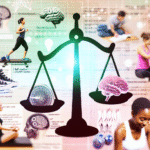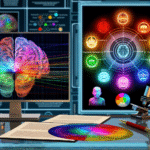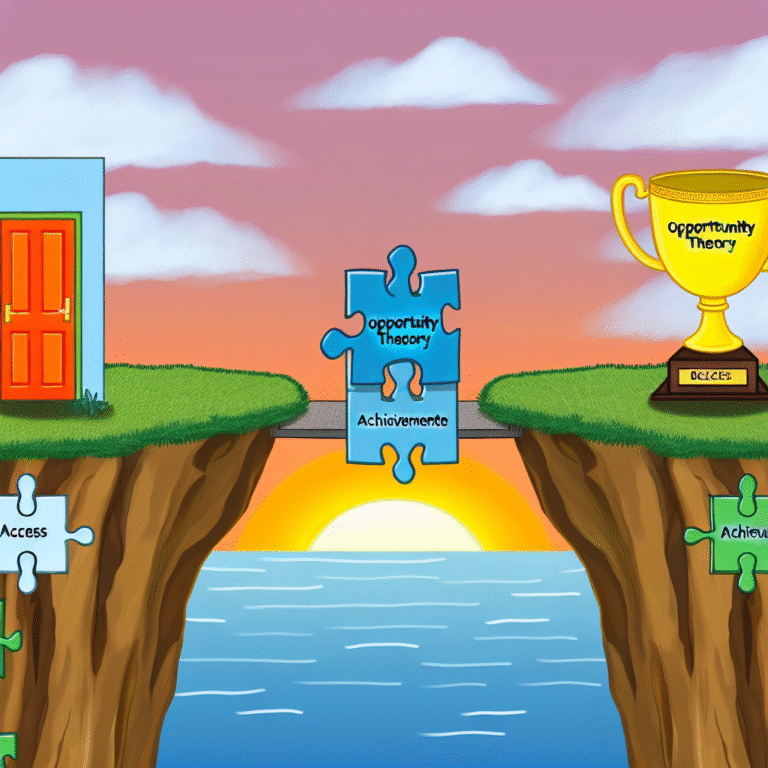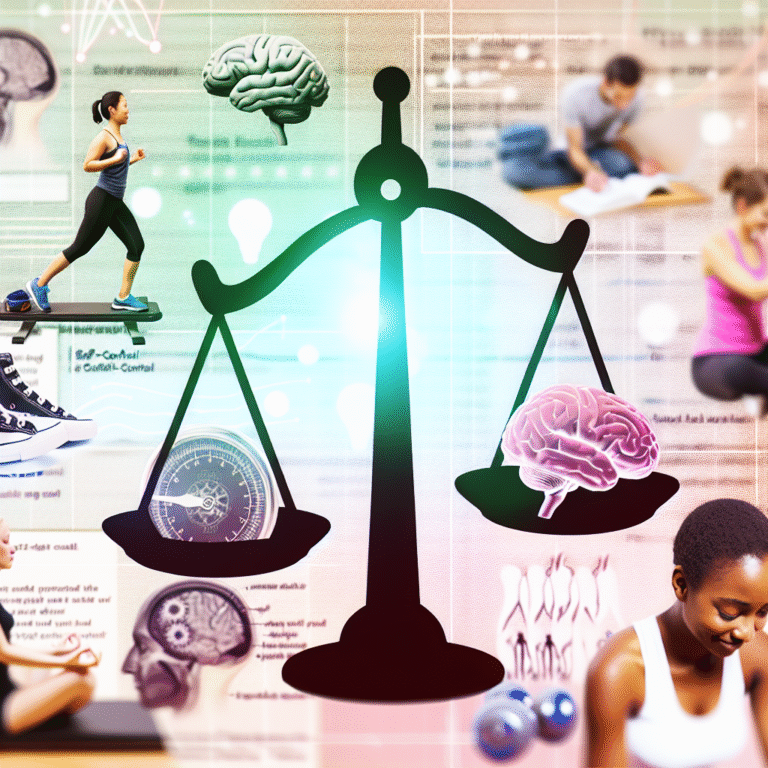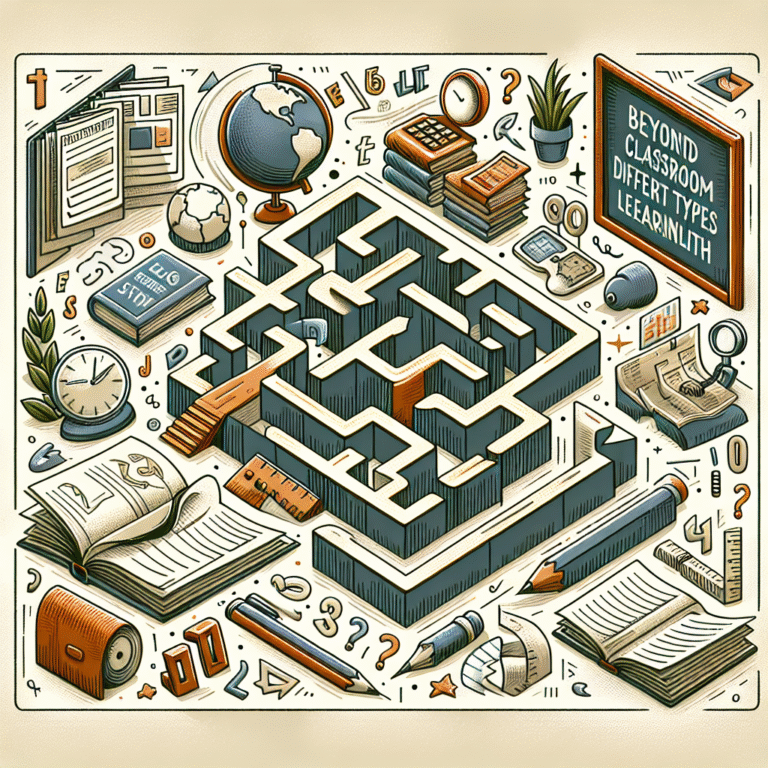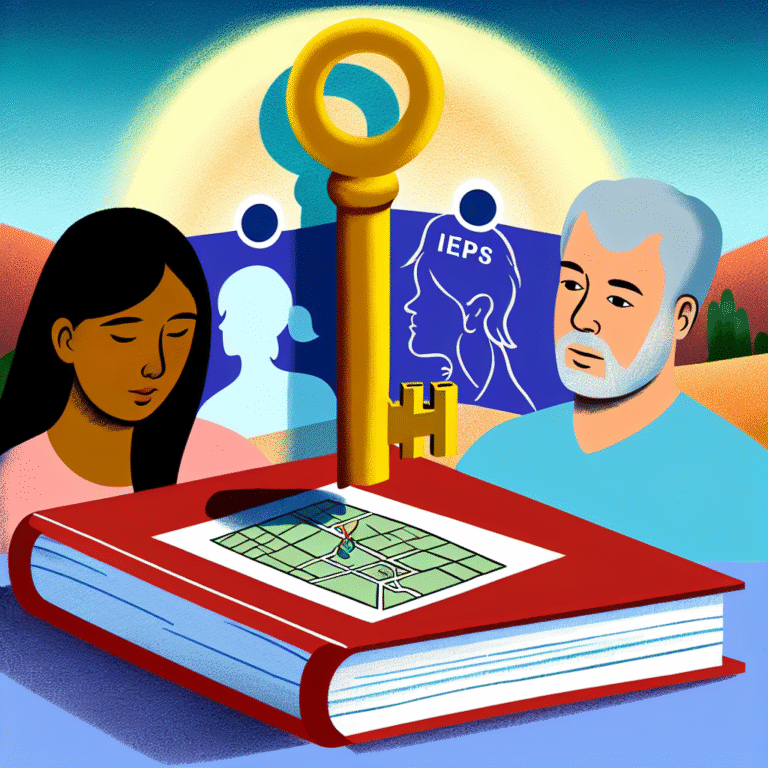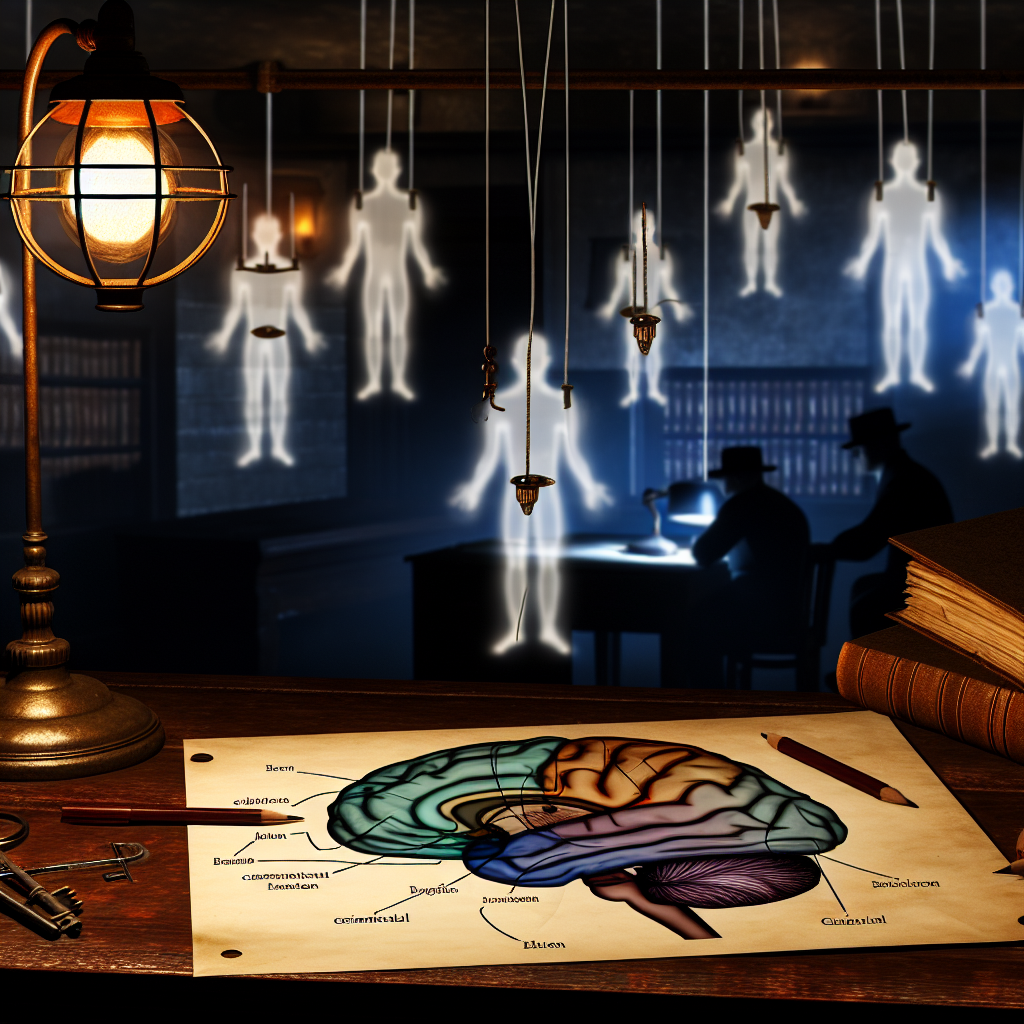
Introduction
Crime has puzzled societies for centuries, provoking numerous discussions among psychologists, sociologists, and criminologists. The question looms large: why do people commit crimes? While individual characteristics like upbringing and psychological disorders play significant roles, one crucial aspect deserves profound attention: The Psychology of Crime: How Situational Factors Influence Criminal Behavior. This article explores the environmental and situational triggers that can lead ordinary individuals to commit extraordinary crimes.
Understanding Situational Factors
The Role of Environment in Criminal Behavior
Situational factors encompass the immediate physical and social environments that influence behavior. They can include anything from socioeconomic status to peer pressure and even the physical layout of a neighborhood. Research shows that crime does not occur in a vacuum; it emerges from the interaction between individuals and their surroundings.
Case Study: The Broken Windows Theory
One compelling example is the Broken Windows Theory, proposed by social scientists James Q. Wilson and George Kelling in the 1980s. They argued that visible signs of disorder and neglect—like broken windows—encourage further crimes. The theory was famously tested in New York City in the 1990s when stricter enforcement of minor offenses led to a significant drop in serious crimes.
| Element | Description |
|---|---|
| Theory Origin | Developed by Wilson and Kelling in the 1980s |
| Main Premise | Disorder leads to increased crime |
| Notable Implementation | New York City in the 1990s |
| Outcome | Significant crime reduction |
Social Factors and their Impact
Social factors—including peer influence, familial relationships, and community engagement—also significantly impact criminal behavior. Individuals are often more likely to engage in criminal activities if they are surrounded by peers who idolize such behaviors.
Case Study: Peer Pressure and Youth Crime
A relevant example can be seen in the actions of youth gangs. Often, young individuals are pulled into criminal enterprises due to the allure of acceptance and recognition among peers. The infamous MS-13 gang in the United States illustrates how social networks can outweigh personal moral codes, leading individuals to commit heinous acts.
Psychological Theories Related to Crime
Cognitive Dissonance and Crime
Cognitive dissonance, a term popularized by psychologist Leon Festinger, describes the mental discomfort one experiences when holding contradictory beliefs. Criminals may rationalize their behaviors to align with their beliefs, influencing their actions.
Social Learning Theory
Another foundational theory is the Social Learning Theory, proposed by Albert Bandura. This suggests that people learn behaviors through observation and imitation. If a young person witnesses criminal behavior being rewarded, they are more likely to replicate that behavior themselves.
The Intersection of Social and Situational Factors
Stress and Crime
Stress can push individuals towards criminal acts as a means of coping or escaping. Situational factors such as economic hardship—exemplified during the COVID-19 pandemic—have historically led to spikes in crime rates. When communities face adversity, the psychological strain can lead to criminal behavior as individuals seek survival.
Case Study: Crime Rates During Economic Downturns
An illuminating case is the spike in crime rates during the Great Depression in the 1930s. Economic hardship led many individuals to engage in illegal activities, such as theft and bootlegging, as people sought to provide for their families.
| Year | Economic Indicator | Crime Rate Change |
|---|---|---|
| 1930s | Great Depression | Increased |
| 2008 | Financial Crisis | Increased |
| 2020 (COVID-19) | Pandemic Lockdowns | Variable |
Situational Triggers of Violent Crime
Substance Abuse
Substance abuse often intersects with situational factors, significantly increasing the likelihood of criminal behavior. Alcohol and drugs can impair judgment, reducing the inhibitions that usually prevent crime.
Case Study: Substance Abuse and Domestic Violence
The relationship between substance abuse and domestic violence highlights the impact of situational triggers. Many studies indicate that intoxication is frequently a significant factor in such violent crimes, aligning with the idea that situational factors can push individuals beyond their usual thresholds of behavior.
Group Dynamics and Crime
Mob behavior can thrive in environments where anonymity is granted. The diluting of individual responsibility can embolden individuals to act in aggressive and criminal ways.
Case Study: The Kent State Shootings
The Kent State shootings in 1970 serve as a poignant reminder of how crowd dynamics can lead to tragic outcomes. During protests, the collective mindset and heightened emotions caused panicked reactions that escalated toward violence.
Preventive Measures and Social Interventions
Community Policing
Effective policing strategies can help mitigate the influence of situational factors on crime. Community policing encourages collaboration between law enforcement and communities, focusing on building trust.
Educational Programs
Educational initiatives that inform communities about the underlying factors of crime can help reduce the prevalence of crime. Programs that highlight the consequences of criminal behavior can deter potential offenders before they act.
Community-Focused Initiatives
- Neighborhood Watch Programs: Empowering citizens to take action against crime in their neighborhoods.
- Youth Engagement: Offering alternatives such as sports and arts to dissuade youth from gang involvement.
The Future of Crime Prevention
Technology as a Tool
Emerging technologies, such as social media monitoring and predictive policing algorithms, demonstrate a growing reliance on data to understand criminal behavior better. Nevertheless, ethical implications must also be considered to prevent misuse.
Importance of Rehabilitation
Another vital aspect of The Psychology of Crime: How Situational Factors Influence Criminal Behavior lies in rehabilitation. Understanding the situational triggers that led to criminal behavior can pave the way for more effective rehabilitation programs.
Conclusion
In understanding The Psychology of Crime: How Situational Factors Influence Criminal Behavior, we uncover critical insights that have the potential to inform policy, law enforcement, and community engagement. Recognizing the myriad situational influences on behavior opens avenues for meaningful change—be it through education, community involvement, or innovative policing strategies.
Takeaway
As we strive for a safer society, it is essential to foster environments that promote positive behaviors and provide support to those at risk. Each step taken toward understanding and addressing situational influences is a step toward reducing crime.
FAQs
1. What are situational factors in crime?
Situational factors refer to immediate environmental and social conditions that influence criminal behavior, including peer pressure, socioeconomic status, and neighborhood conditions.
2. How does peer influence contribute to criminal behavior?
Peer influence can encourage individuals to adopt criminal behaviors to gain acceptance or recognition within a group.
3. Is crime solely influenced by situational factors?
No, crime is a complex interplay of situational, psychological, and individual factors. While situational influences are significant, personal history and psychological makeup also play crucial roles.
4. Can crime be prevented through understanding situational factors?
Yes, understanding situational factors can lead to more effective crime prevention strategies and community-based interventions.
5. How can technology be used to combat crime?
Technology, such as data analytics and community reporting apps, can help identify crime trends and enable proactive measures to prevent crime.
By exploring the multi-faceted nature of crime, we can better address the challenges faced by society and move toward a future with reduced criminal behavior.

